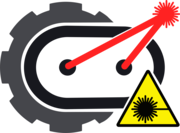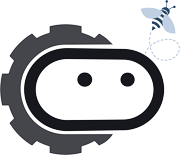Research Projects
Our research focuses on the development of Computer Vision (CV) and Machine Learning (ML) Systems. Amongst others we are working on the reconstruction of natural habitats, novel imaging techniques, algorithms to quantify the behaviour of animals and the integration of CV and ML into 3D printing and AR & VR applications. Some research projects are listed below.













